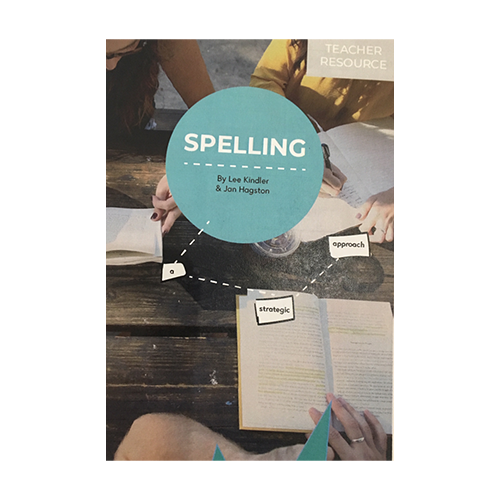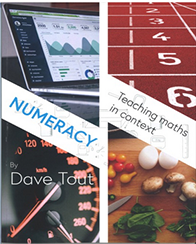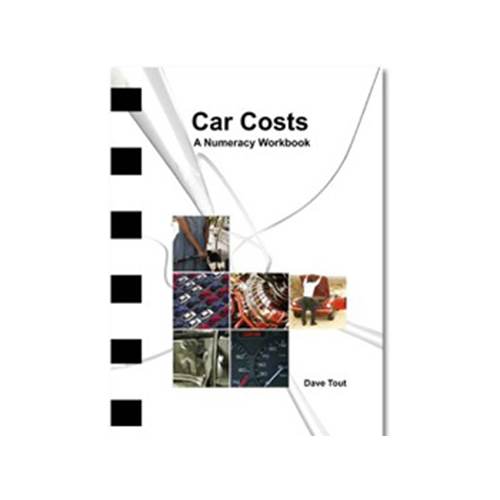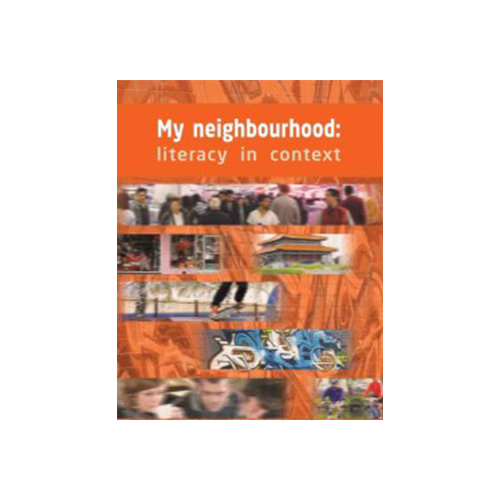1. Spelling: A strategic approach (teacher resource)
Lee Kindler & Jan Hagston
 This book is aimed at teachers who are working with adults or young people who have difficulty with spelling. It draws on current, evidence-based research to inform a strategic approach to teaching spelling. It is the result of a great deal of reading and thinking about what resources will help teachers to apply current research to adult learning situations.
This book is aimed at teachers who are working with adults or young people who have difficulty with spelling. It draws on current, evidence-based research to inform a strategic approach to teaching spelling. It is the result of a great deal of reading and thinking about what resources will help teachers to apply current research to adult learning situations.
Adult learners bring with them a range of existing knowledge and experience and require flexibility in the way they learn. Rather than provide a complete A-Z spelling program, this book offers a range of tools in the form of explanations, questions, activities and examples that teachers can select from according to the diverse needs of their students. It is important for teachers to be knowledgeable about the linguistic skills required to spell words correctly.
This book provides information to assist teachers to identify students’ existing skills and prioritise instructional approaches that will be most effective.
2. Spelling: A strategic approach (student workbook)
Lee Kindler & Jan Hagston
 This workbook accompanies the Spelling: A strategic approach teacher resource. It provides students with straightforward explanations about different types of spelling knowledge. The explanations are backed up with lots of examples, diagrams and other details, which help students to become linguistic inquirers. This book focusses on strategies that students can use to apply their spelling knowledge, giving them the tools to tackle words that they are finding difficult.
This workbook accompanies the Spelling: A strategic approach teacher resource. It provides students with straightforward explanations about different types of spelling knowledge. The explanations are backed up with lots of examples, diagrams and other details, which help students to become linguistic inquirers. This book focusses on strategies that students can use to apply their spelling knowledge, giving them the tools to tackle words that they are finding difficult.
In this book, there are lots of activities for students to complete that encourage them to discover features of words and practice strategies for applying the different spelling knowledges.
3. Having fun with maths: Activities and games for developing maths language and skills
Dave Tout
 The games and activities in this book focus on the development of fundamental maths skills through co-operative group work and the use of hands-on materials, as well as on enjoyment and having fun in order to build confidence and overcome maths anxiety. The photocopiable activities are designed to encourage students to work together and use and talk about mathematics and its language and share their understandings and knowledge. The activities are suitable for a wide range of mathematics and numeracy students, especially for the middle years, year 11 students studying practical mathematics subjects, and adult numeracy students. There are four sections: co-operative logic problems, dice games, calculator games and word games. Skill areas covered include: numbers and calculations, shape, location and direction and introductory algebra.
The games and activities in this book focus on the development of fundamental maths skills through co-operative group work and the use of hands-on materials, as well as on enjoyment and having fun in order to build confidence and overcome maths anxiety. The photocopiable activities are designed to encourage students to work together and use and talk about mathematics and its language and share their understandings and knowledge. The activities are suitable for a wide range of mathematics and numeracy students, especially for the middle years, year 11 students studying practical mathematics subjects, and adult numeracy students. There are four sections: co-operative logic problems, dice games, calculator games and word games. Skill areas covered include: numbers and calculations, shape, location and direction and introductory algebra.
4. Ten radical ideas for reluctant writers
Lee Kindler
 Ten immediate, accessible and inspiring writing activities for learners that may not always feel comfortable getting their ideas out there. This book contains hands-on activities that encourages students to dive straight into writing without fear of failure. There are notes for teachers that explain the features of different text types, where to find examples, and ideas for classroom activities.
Ten immediate, accessible and inspiring writing activities for learners that may not always feel comfortable getting their ideas out there. This book contains hands-on activities that encourages students to dive straight into writing without fear of failure. There are notes for teachers that explain the features of different text types, where to find examples, and ideas for classroom activities.
Activities are supported by free online materials that include infographics, videos, links, maps and game source files that students can use to gain a deeper understanding of each text.
5. Numeracy: Teaching maths in context
Dave Tout
 Numeracy: Teaching maths in context describes an approach to teaching mathematics based on applied and contextual learning principles. This means that the teaching and learning of mathematics proceeds from a contextual, task-based and investigative point of view – where the mathematics involved is developed from a modelled situation or practical task. Practical investigations and projects are key vehicles for student learning in such an approach.
Numeracy: Teaching maths in context describes an approach to teaching mathematics based on applied and contextual learning principles. This means that the teaching and learning of mathematics proceeds from a contextual, task-based and investigative point of view – where the mathematics involved is developed from a modelled situation or practical task. Practical investigations and projects are key vehicles for student learning in such an approach.
The approach used will be helpful for teachers of students (middle years through to adult) who need a practical rather than formal mathematical background for their everyday life skills and further education, training or work aspirations. The text illustrates how this approach works through some sample contexts such as cars and driving, sport, cooking and catering, and draws together mathematics from the areas of number, measurement, space, data and statistics, and algebra.
This book is a new version of a book originally titled ‘Foundation numeracy in context’ by Dave Tout and Gary Motteram.
6. Car costs: A numeracy workbook
Dave Tout
 This workbook uses the topic of cars to introduce and teach a range of maths and numeracy topics. It is ideal for a range of young people needing maths that links to real life contexts, and who also want to learn about the costs related to buying, running and driving a car. Each chapter has a different focus and includes explanations and activities followed by investigations, worksheets and handouts.
This workbook uses the topic of cars to introduce and teach a range of maths and numeracy topics. It is ideal for a range of young people needing maths that links to real life contexts, and who also want to learn about the costs related to buying, running and driving a car. Each chapter has a different focus and includes explanations and activities followed by investigations, worksheets and handouts.
The book has a substantial final chapter titled Brush up you skills which provides explanations and exercises on the mathematics required to undertake the activities.
7. Food: A teaching resource for EAL learners
Lee Kindler
 This book contains reading, writing, speaking and listening activities around the topic of food, including a series of videos.
This book contains reading, writing, speaking and listening activities around the topic of food, including a series of videos.
There are also practical activities based around cooking that support learners to build literacy and numeracy skills.
The activities are aimed at learners with very limited English, working at achieving the Course in EAL or working at ACSF Pre level 1 and Level 1.
8. My neighbourhood: Literacy in context
Jan Hagston
 My neighbourhood: Literacy in context contains activities designed to support students to develop literacy skills in context. Some activities take just a few minutes while others extend over a number of sessions. Each activity contains information for the teacher alongside activity sheets and/or handouts for the students. In addition there are a number of skill sheets to support students in completing the activities. The activities also encourage the use of technology and have been designed to support teachers who aren’t ‘tech savvy’ but are interested in starting to explore the digital world. Those teachers who are comfortable with using a range of ‘e-things’ will be able to further develop the ideas in the activities and, of course, those students who are ‘digital natives’ will have lots of opportunities to apply and extend their skills and ability.
My neighbourhood: Literacy in context contains activities designed to support students to develop literacy skills in context. Some activities take just a few minutes while others extend over a number of sessions. Each activity contains information for the teacher alongside activity sheets and/or handouts for the students. In addition there are a number of skill sheets to support students in completing the activities. The activities also encourage the use of technology and have been designed to support teachers who aren’t ‘tech savvy’ but are interested in starting to explore the digital world. Those teachers who are comfortable with using a range of ‘e-things’ will be able to further develop the ideas in the activities and, of course, those students who are ‘digital natives’ will have lots of opportunities to apply and extend their skills and ability.
